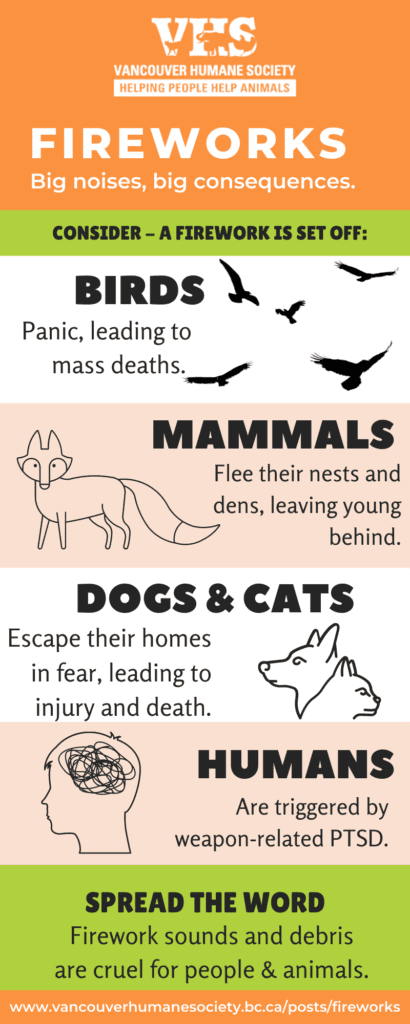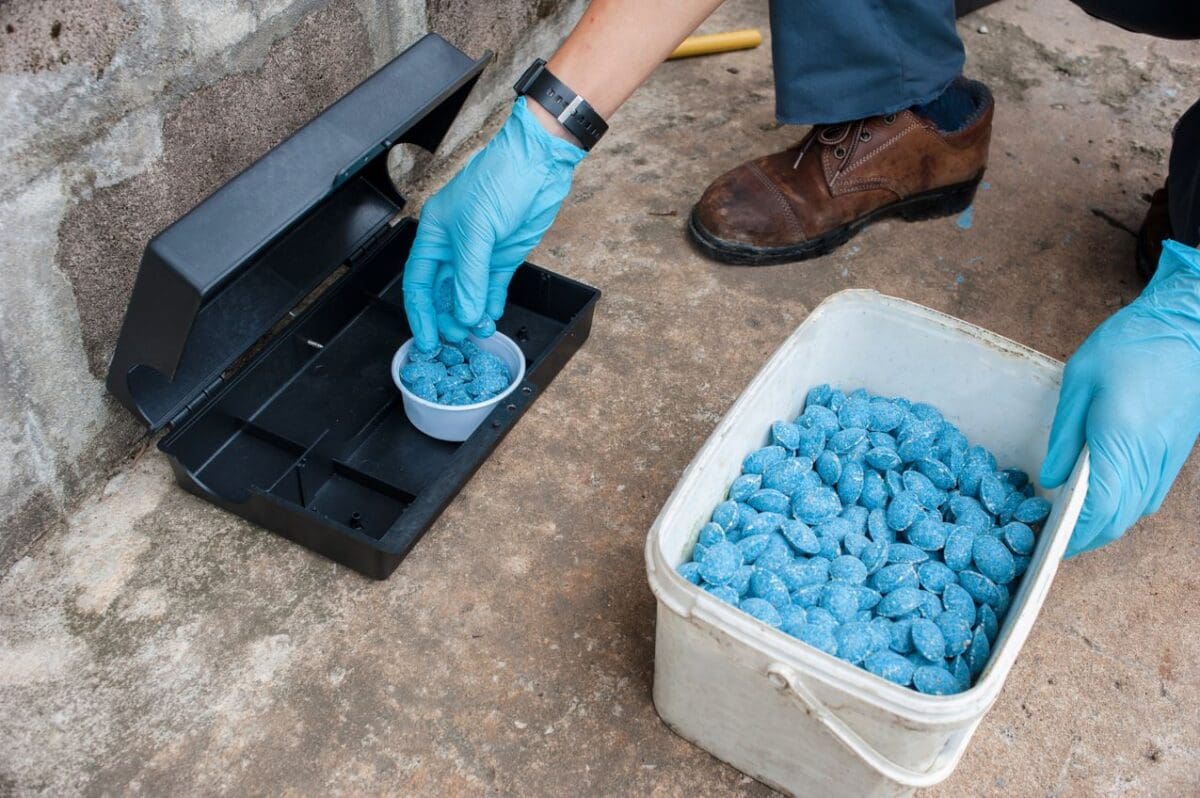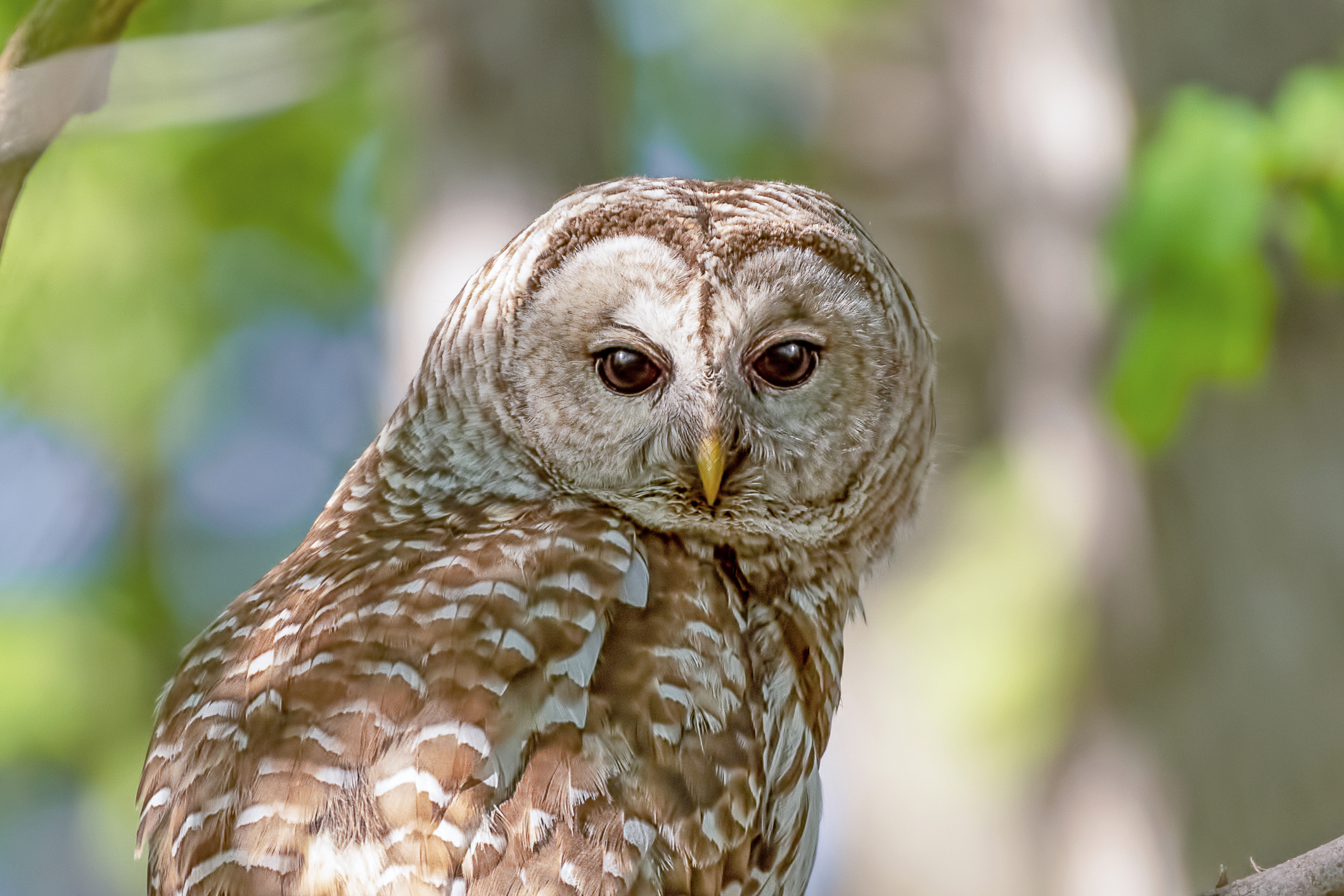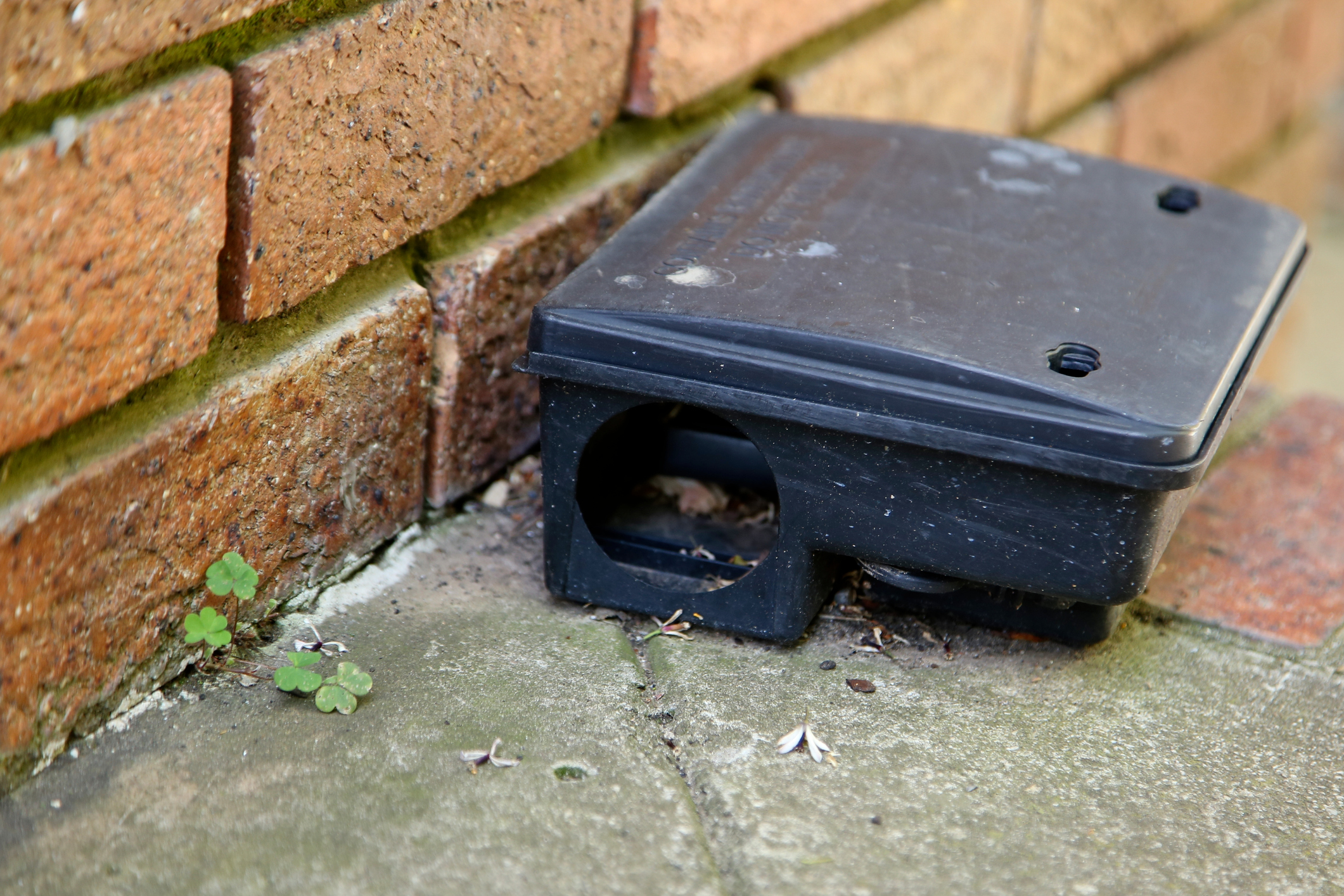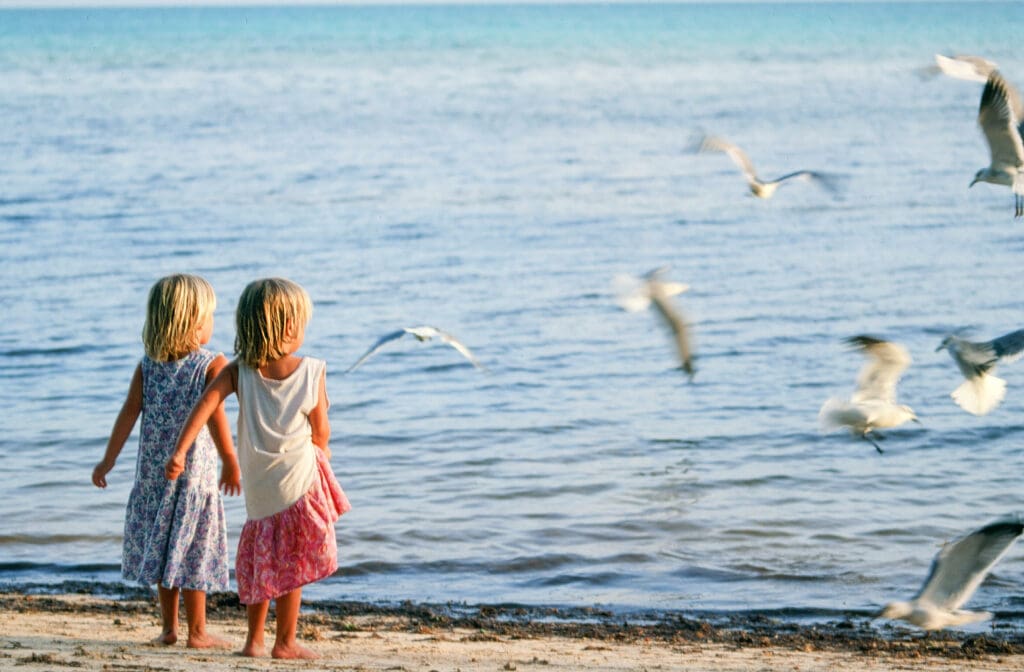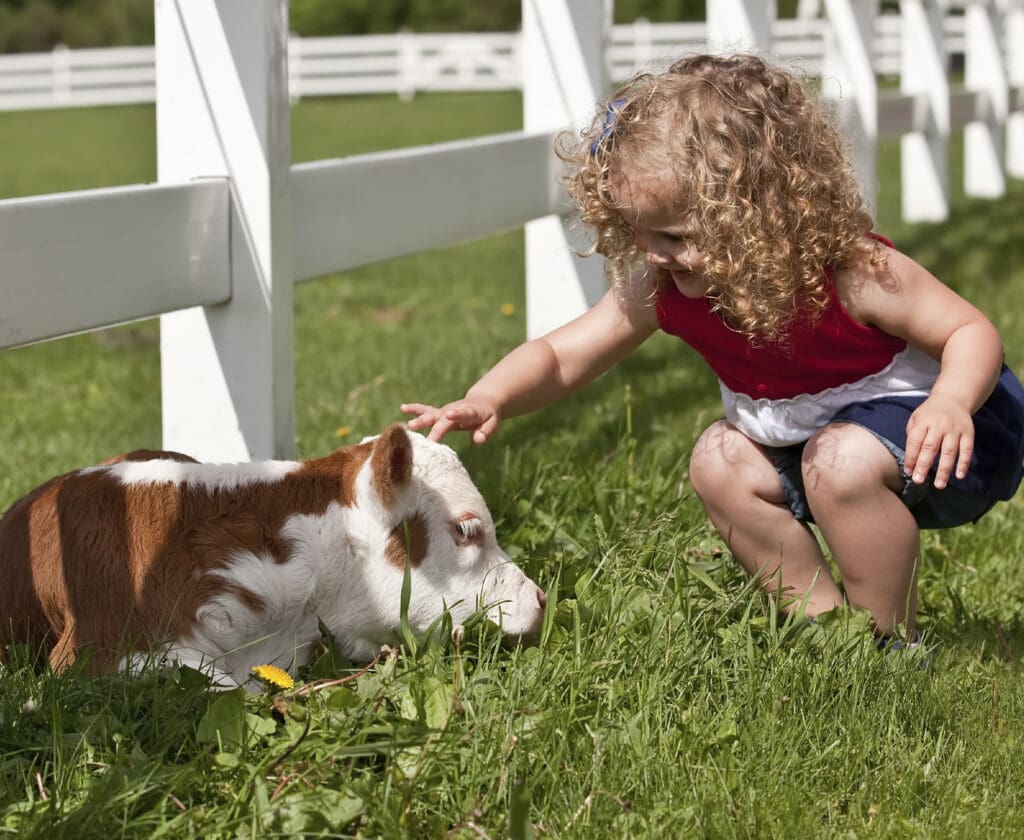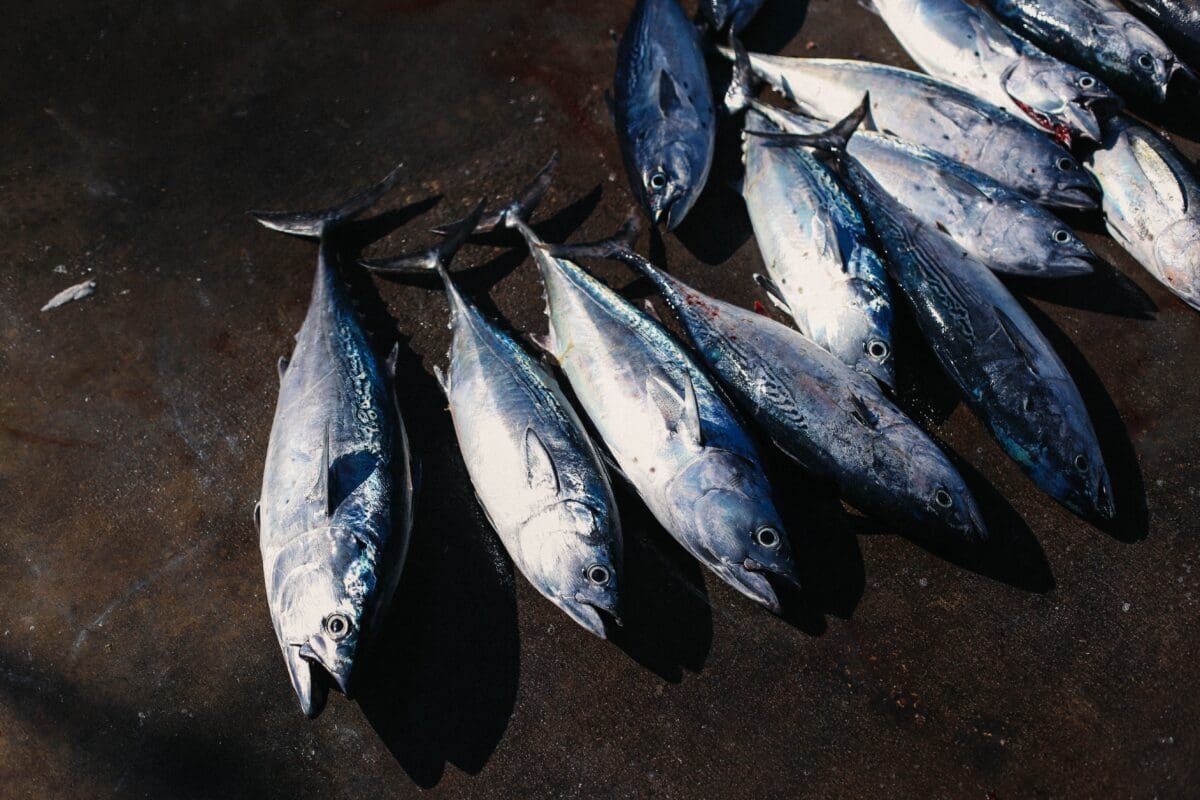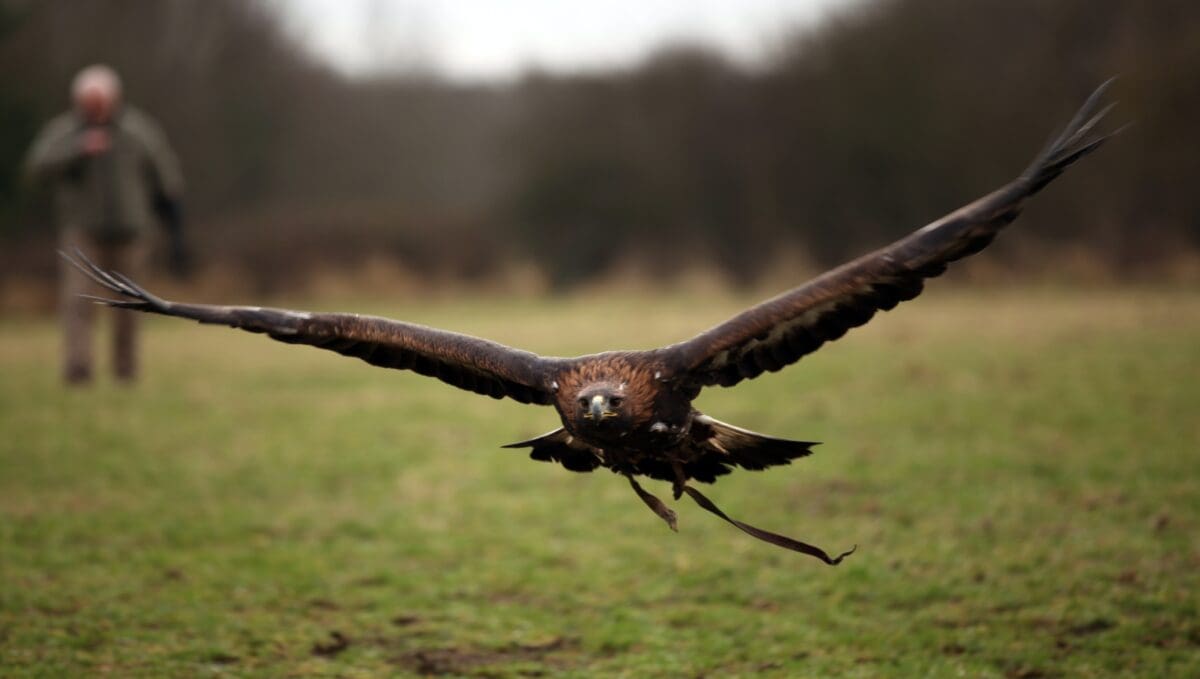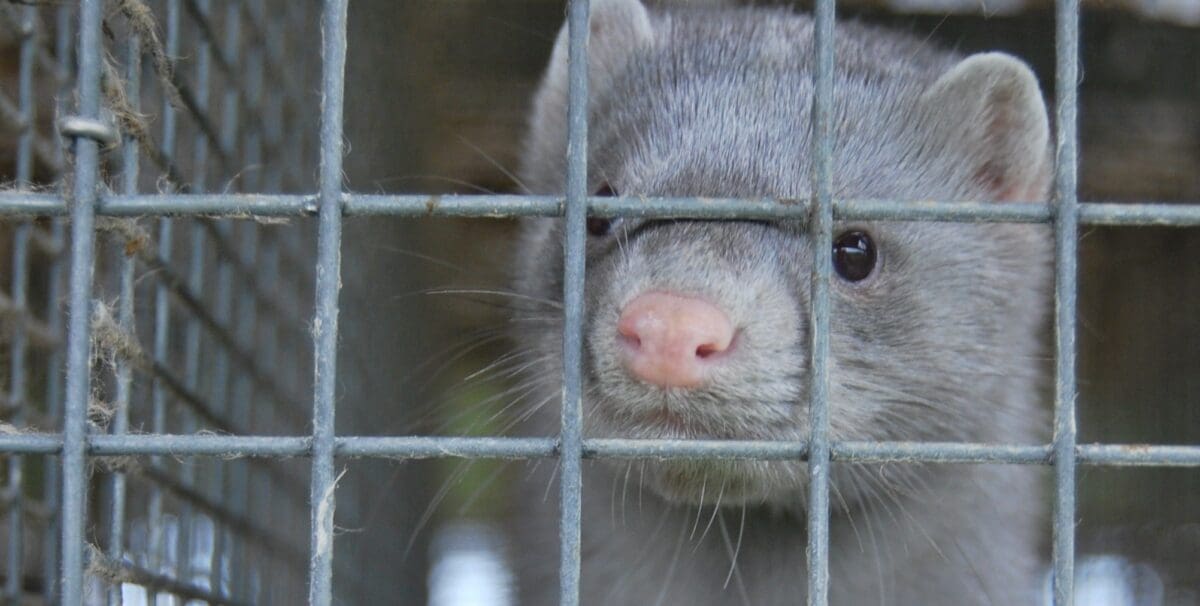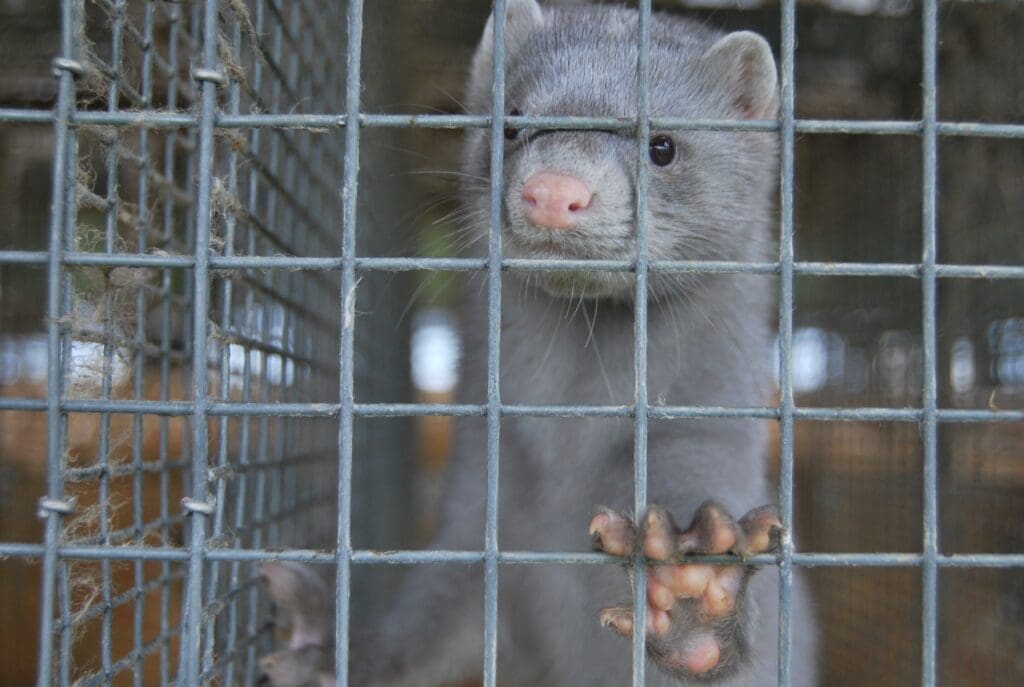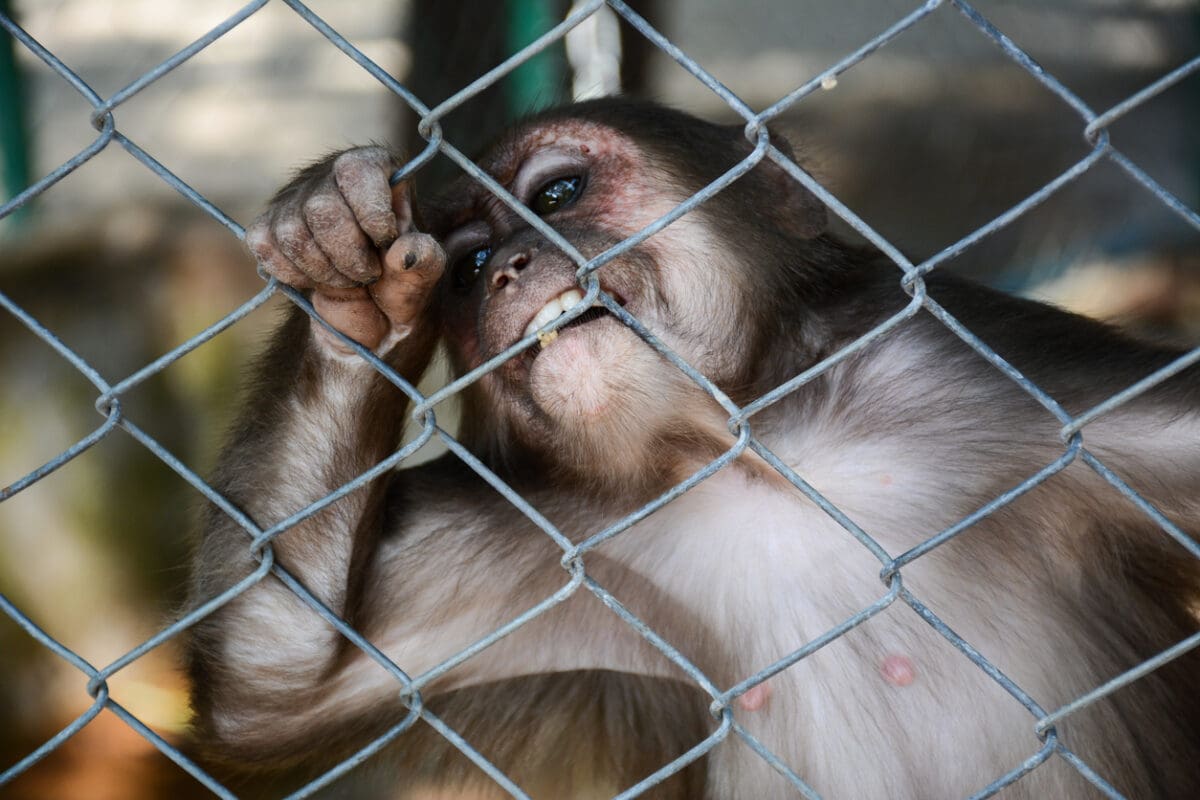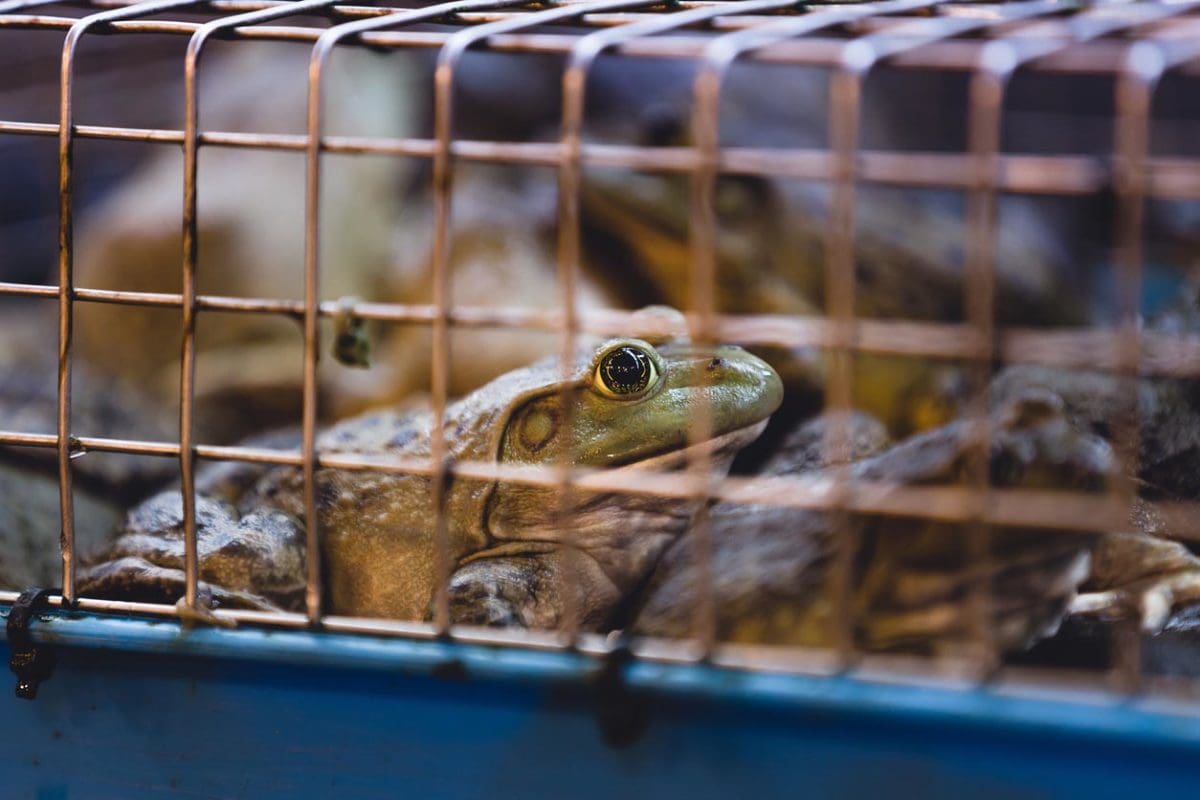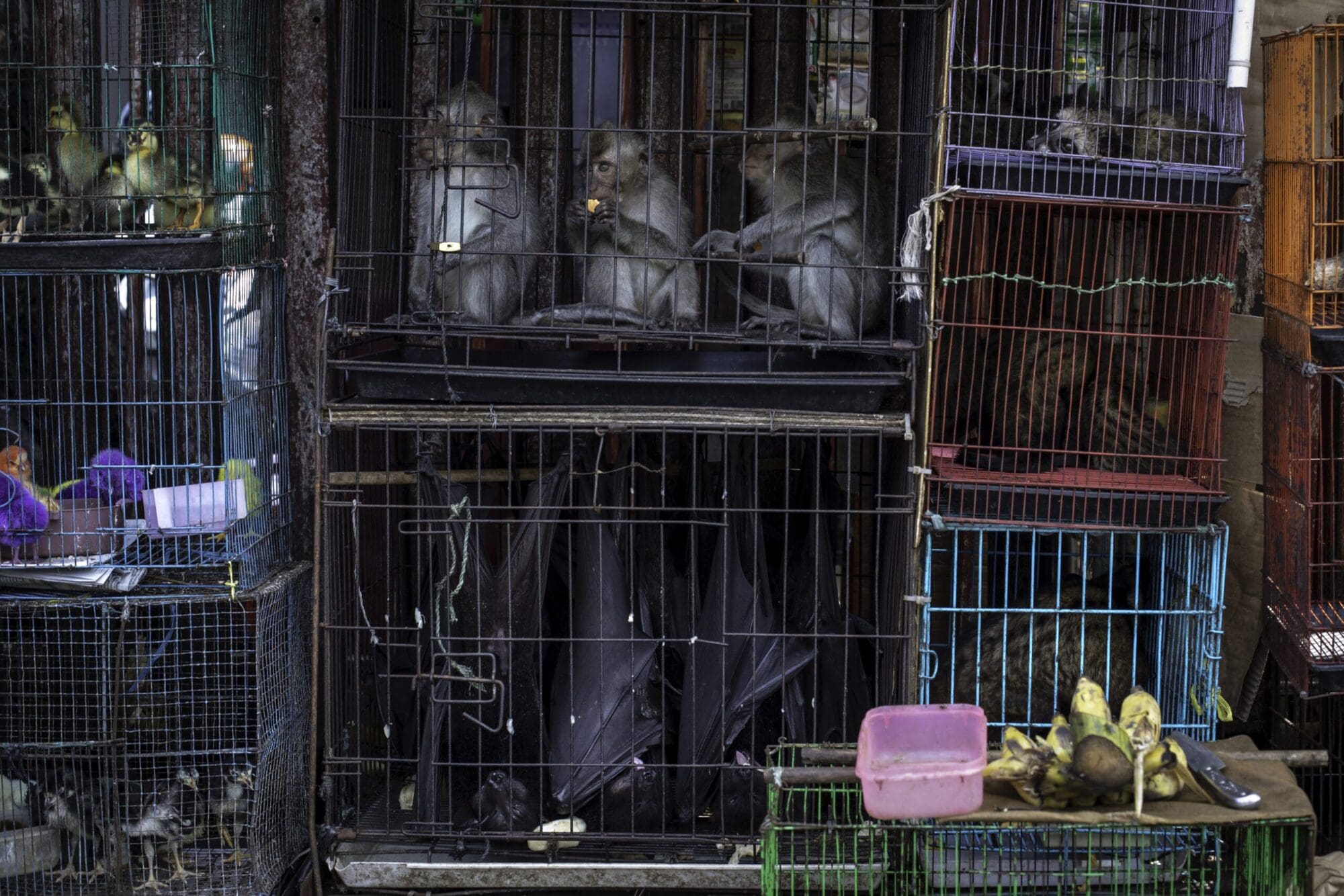A brief moment of joy for some
Unintended consquences for others
Most kids have a story about the first time they got their hands on fireworks, including VHS’ recently retired Peter Fricker, who accessed some pretty dangerous fireworks when he was growing up!
While fireworks may be tempting for a moment of joy, they have some intense and devastating consequences. You may remember the 2016 case of Maggie, a 10-year-old pup who was off-leash at the unfenced Trout Lake dog park during the afternoon when someone set off fireworks. Suddenly, Maggie was running, not sure where to go for safety. Tragically, she was killed by a skytrain.
Her story is not unique. Walking down the street one Vancouver Halloween, I witnessed a coyote running full speed, terrified of the sounds. Wildlife centres receive many calls on days with fireworks about animals that are anxious and disoriented and they report that wildlife often show signs of distress for days afterward.
There is an answer: Banff was the first Canadian city to recognize these impacts and produce a sound-free fireworks display, and Canmore has followed suit.
In Maple Ridge, B.C., it is illegal to set off fireworks without a permit.
The City of Vancouver, B.C., also has a consumer fireworks ban in place and so does the City of North Vancouver.
There are three ways to prevent the suffering of animals from fireworks:
1. Write to your municipal council.
Write to your local municipal council and ask them to put a ban in place for the sale and use of fireworks by private citizens. The District of North Vancouver is currently considering such a ban. Residents can contact City Council in support of a consumer fireworks ban.
2. Sign the federal petition.
Sign the federal e-petition, which calls on the Canadian goverment to explore legislative changes around the use of fireworks. The petition is open until February 25, 2022, at 10:45 a.m. PST.
3. Share this infographic!
Without public education, people will continue to seek illegal means to access fireworks even in areas with bans in place. The infographic demonstrates how one small change can help create a community that cares for everyone who belongs in it, be they feathered, furry or human.
